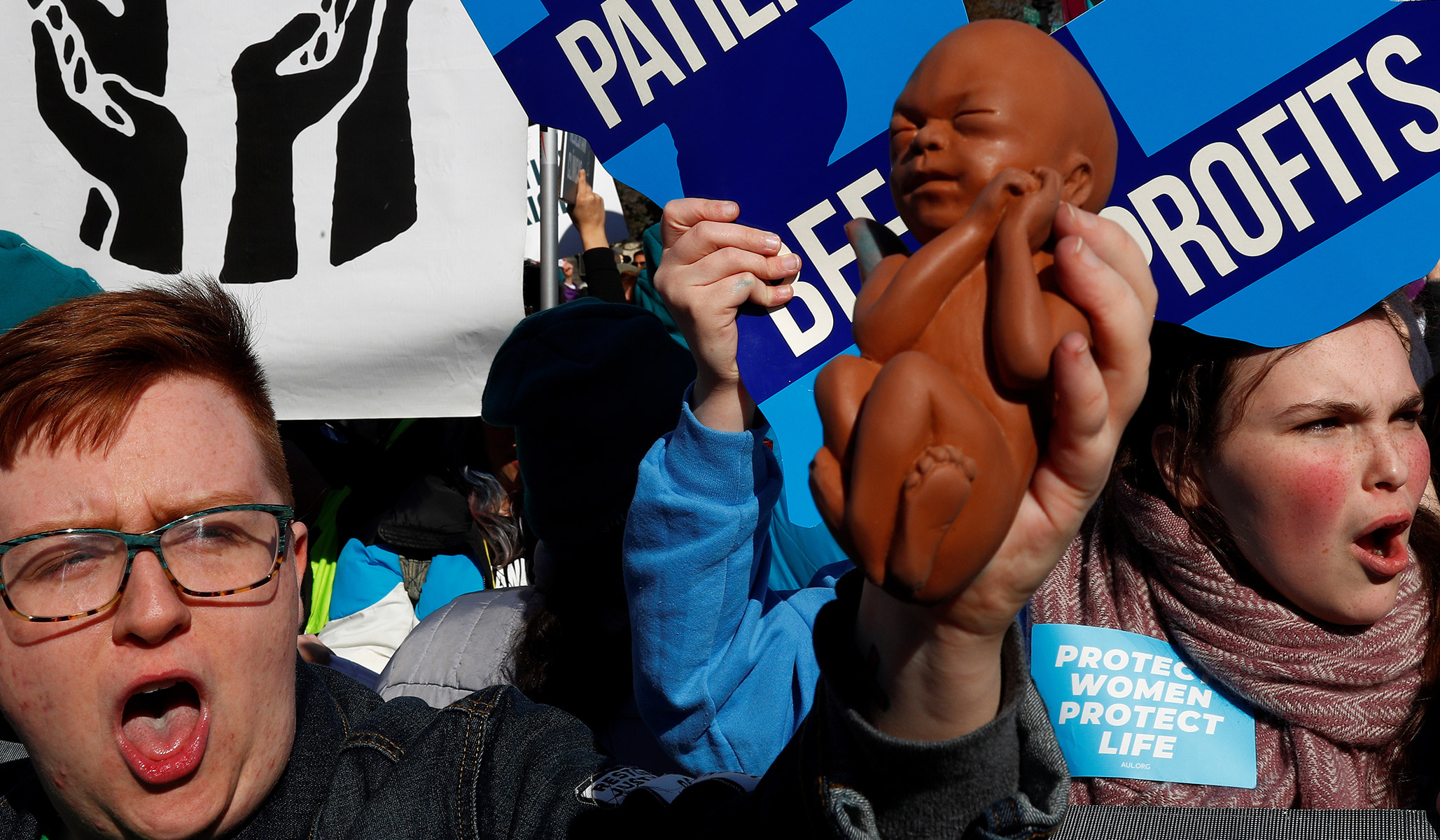Gretchen Sisson has contributed to the recent genre of op-eds about how outrageous it was for Justice Amy Coney Barrett to refer positively to adoption during last week’s oral argument. A lot of pro-lifers have commented on this argument already, so here I’ll just note that Sisson’s history is at least overconfident.
She writes:
Though it’s difficult to ascertain exact figures from the time, my colleague Carole Joffe, who has studied the history of providing abortion pre-Roe, has identified annual abortion estimates developed throughout the 1950s and 60s that range from 200,000 to 1.3 million . . . . Abortion is, and always has been, a common experience.”
“Always has been” is a strong claim, and there is reason to doubt it, ranging from the extreme danger of methods of abortion to mothers before modern scientific developments to the widespread practice of infanticide and child abandonment in many societies.
Joffe, meanwhile, is repeating a tentative claim advanced in a committee report based on a 1955 Planned Parenthood conference. That report said that “a plausible estimate of the frequency of induced abortion in the United States could be as low as 200,000 and as high as 1,200,000 per year,” and also that “there is no objective basis for the selection of a particular figure between these two estimates.” (Sisson’s “1.3 million” appears to be a typo; Joffe quotes the report accurately.)
Researchers in the 1950s cannot reasonably be faulted for their inability to generate better numbers. But this range, and especially the high end of it, is not plausible. Numbers from the 1970s are more reliable. The Alan Guttmacher Institute estimated 745,000 abortions in 1973, 899,000 abortions in 1974, and continually rising numbers through 1990. If there had been 1.2 million abortions in the mid 1950s, it would have meant that the number of abortions fell substantially during a period in which sexual mores were rapidly liberalizing, the population was expanding, abortion was becoming safer for mothers because of antibiotics, and activists were campaigning to legalize abortion — and got their way nationwide. Much more plausible is that the number of abortions had increased in the years before Roe, especially as some states liberalized the law, and then rose more afterward. It is well past time to throw out the 1955 numbers, which look more like wild guesses than estimates.
